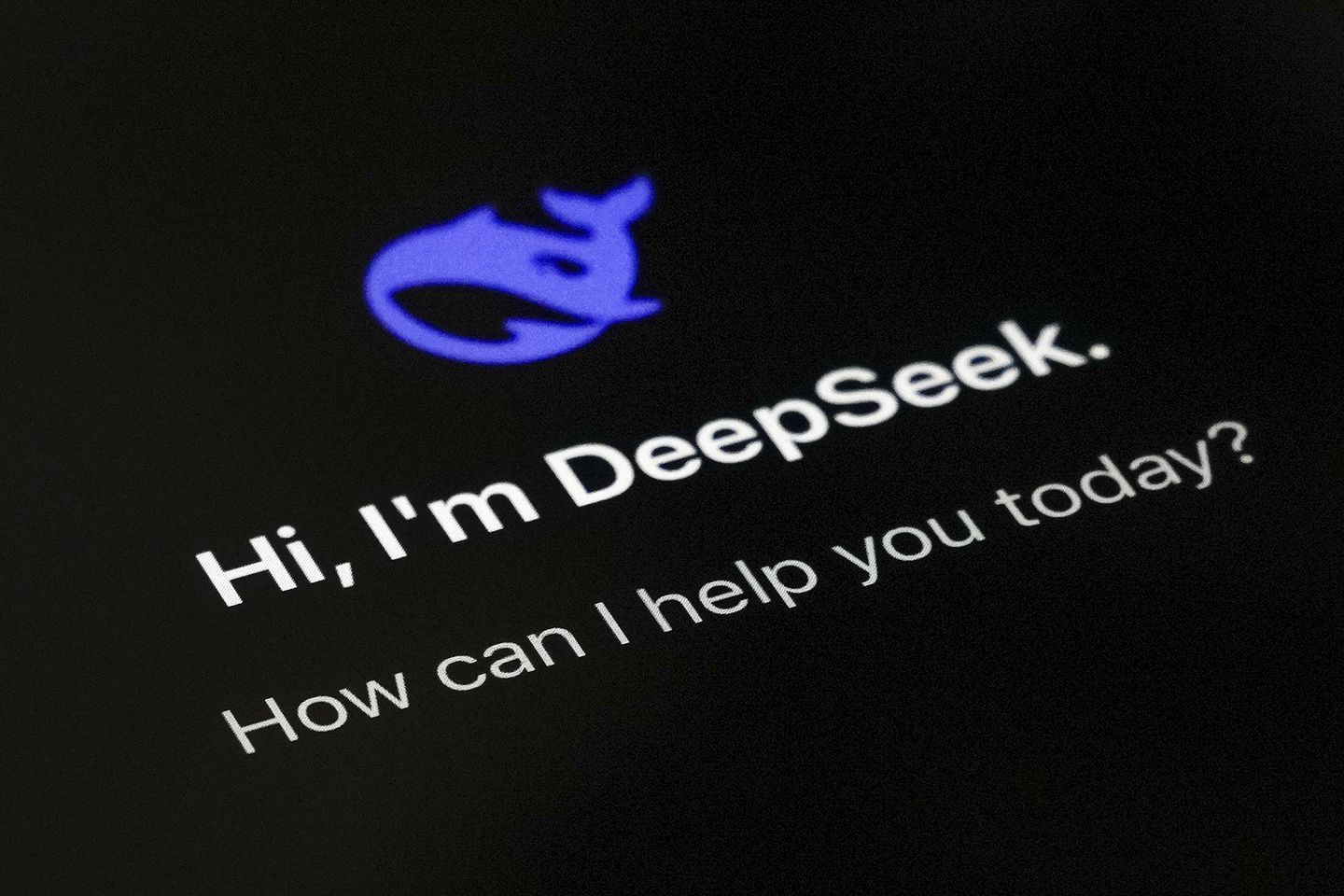
Don’t miss the full story from our staff writers, whose reportage is the basis of this article.
China’s recent artificial intelligence breakthroughs have caught U.S. researchers and national security officials off guard, particularly with the emergence of DeepSeek, a Chinese AI company that has developed models rivaling American frontier AI capabilities at seemingly lower costs. The development has been described as a “jarring moment” for both industry leaders and government officials.
OpenAI’s Katrina Mulligan revealed that her company had informed senior U.S. officials, including National Security Council members and Department of Energy representatives, that they believed they were four to six months ahead of their competition. However, DeepSeek’s rapid advancement challenged this assessment, becoming the first non-U.S. lab to replicate OpenAI’s reasoning breakthrough.
The competitive pressure from Chinese AI development has influenced American companies’ strategies. OpenAI CEO Sam Altman indefinitely postponed the launch of an anticipated open-weight model, citing safety concerns, though some observers suggest Chinese startup Moonshot’s release of its Kimi K2 model may have influenced this decision.
The Trump administration has responded with an AI Action Plan aimed at ensuring American dominance in the sector. Meanwhile, researchers are questioning conventional approaches to achieving artificial general intelligence (AGI). While many American efforts focus on statistical approaches and large language models, Chinese competitors are pursuing alternative methods inspired by human brain operations.
Apple researchers have joined the skeptics, publishing “The Illusion of Thinking,” a paper that challenges the assumption that large language models will naturally evolve into AGI. The research detailed limitations in models from OpenAI, Anthropic, DeepSeek, and Google, concluding these systems appear unlikely to overcome certain barriers necessary for AGI.
The U.S.-China Economic and Security Review Commission has recommended establishing a “Manhattan Project-like program” for AGI development, making it their top priority recommendation to Congress in 2024. Commissioner Mike Kuiken noted that U.S. export controls may be driving Chinese engineers to find alternative pathways and novel solutions.
Intelligence research has revealed China’s strategic preparations for advanced AI emergence. Strider and the Special Competitive Studies Project published findings about China’s military ambitions behind data centers and AI models, including the Hainan Subsea Intelligent Computing Center, an underwater AI facility supporting DeepSeek-based systems capable of handling 7,000 conversations per second. The facility involves companies sanctioned by the U.S. government and has connections to China’s military and defense entities.
The report mapped China’s 207 AI data centers and urged private sector companies to track their connections to China’s military apparatus to protect personnel and intellectual property.
Read more: China’s artificial intelligence gains bewilder top American researchers
This article is written with the assistance of generative artificial intelligence based solely on Washington Times original reporting and wire services. For more information, please read our AI policy or contact Ann Wog, Managing Editor for Digital, at awog@washingtontimes.com
The Washington Times AI Ethics Newsroom Committee can be reached at aispotlight@washingtontimes.com.














